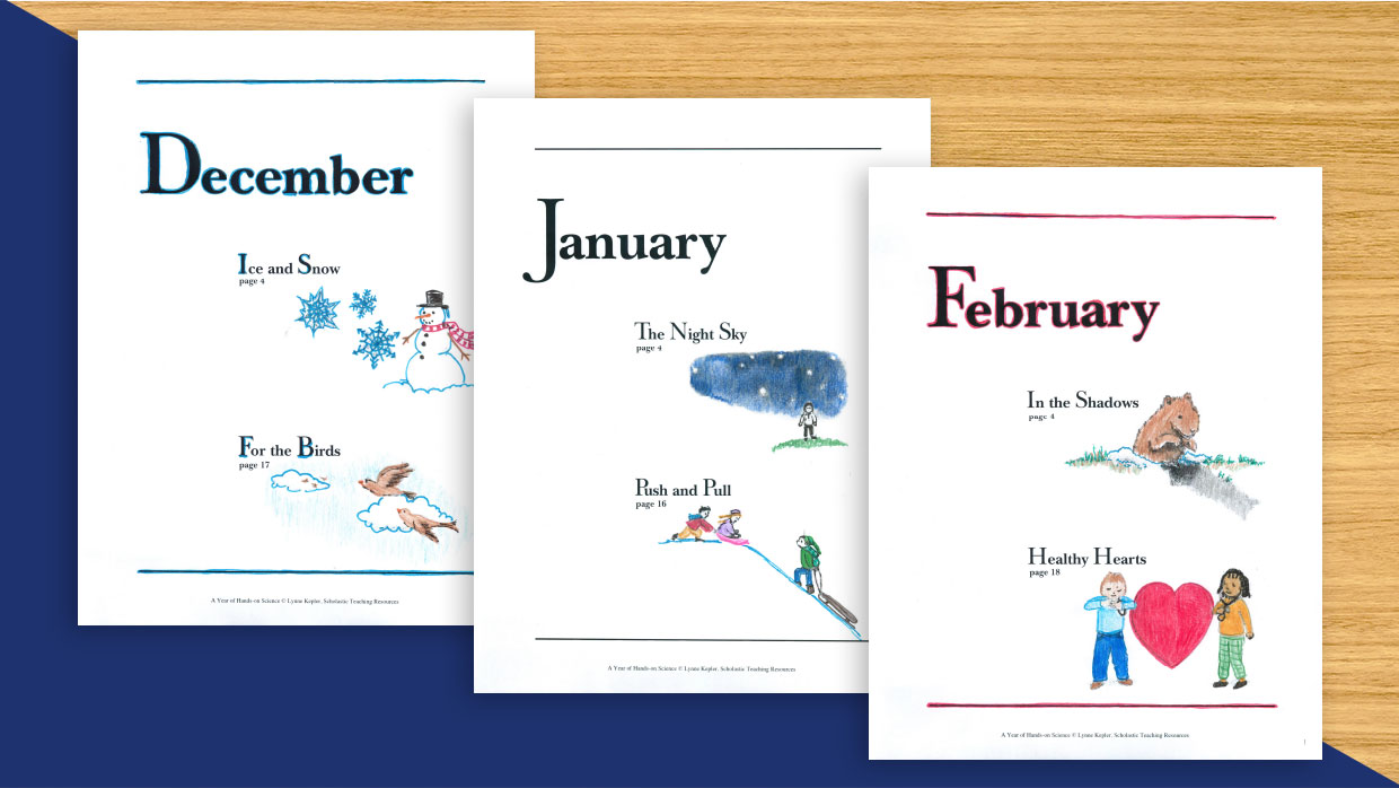Brrr-ing Winter Science to Life With Fun and Interactive Teaching Tools
These ready-to-go, hands-on science activities from Scholastic Teachables are a perfect way to teach young students about the natural science of winter.
Key Takeaways:
- Winter is the perfect time to break the ice (or make the ice) with cool, hands-on science activities that will captivate your students.
- From ice and snow to the night sky to healthy hearts to groundhog shadows, Scholastic Teachables has everything you need to teach your students key winter science topics in a fun, engaging way.
- Interactive activities and real-world connections have the snowball effect of deeper understanding and increased love of learning.
It’s cold outside! Students are bundled up and Jack Frost is nipping at their noses. Add to that, students may be feeling cooped up and restless. One way to warm up their scientific curiosity is to tie lessons to seasonal-themed topics. Three Scholastic Teachables winter science units will help you break your students cold snap and engage them with content that covers key concepts like ice and snow, the night sky, healthy hearts, and groundhog shadows. The units will also make your life easier by saving you planning time!
Try these grab-and-go winter-themed science units for learners in grades K–3. Each unit includes more than 25 pages of hands-on activities with step-by-step instructions, content-area vocabulary, reproducibles, extension ideas, and take-home materials to promote learning beyond the classroom.
Ice and Snow/For the Birds asks students to explore the effects temperature has on water and on birds. They will discover the changes that occur as a substance, like water or ice cream, freezes and melts. Students will also help birds cope with the cold by building bird feeders (allowing the additional opportunity to observe birds close-up!) and they'll learn about different types of birds, how birds beaks function, and how penguins are similar to (and different from) other birds.
Take advantage of winter’s early sunsets and often clear skies to transform your students' wonder of stars into knowledge of constellations with The Night Sky/Push and Pull. Your students will also explore the forces that make things move through common activities and using magnets. For instance, students are asked to sharpen their observation skills and solve the problem of how to get a sled up a hill without using their hands with journal pages.
A great way to explore why the groundhog saw (or didn’t see!) his shadow can be found In the Shadows/Healthy Hearts. Your class will also discover how the angle of light affects shadows and why some objects don’t cast shadows. Students will also take the Valentine’s Day symbol seriously to learn healthy heart habits. Activities include measuring heart rates (before and after exercise) and comparing the heart rates of humans and other animals.
Get these units today in the Scholastic Teachables Digital Downloads shop and explore our other thematic and skill packs, including other science packs and Differentiation Packs for reaching all of your learners!
Resources in the article are free to Scholastic Teachables subscribers. Not a subscriber? Sign up now, and get a 30-day trial, or purchase each resource a la carte through the links above.
Want more great content? Click here to subscribe to our Teacher Newsletter and get teaching ideas delivered right to your inbox.



